“The Destiny of Man is to unite, not to divide.
If you keep on dividing you end up as a collection of monkeys
throwing nuts at each other out of separate trees.”

“The Destiny of Man is to unite, not to divide.
If you keep on dividing you end up as a collection of monkeys
throwing nuts at each other out of separate trees.”
College of the Ozarks: 2024 Revenue $116M
School of the Ozarks recently hosted its second Summer Teacher Training, welcoming 165 educators from across North America—up from 100 last year.
Read the full story: https://t.co/lJWuCneM5f#HardWorkU #SchooloftheOzarks #ClassicalChristianEducation pic.twitter.com/23FA7Rf1Ar
— College of the Ozarks (@CofOHardWorkU) July 25, 2025
Earl Grey Supreme Black Tea 6pk
“A work college since its inception in 1906, College of the Ozarks® Work Education Program provides over 130 unique work stations where students earn their education. Students do everything from mowing the grass to overseeing the campus fire station, and they produce some of the most delectable treats around. That’s what you’ll find here, a showcasing of College of the Ozarks students’ talents and trades – small-batch, handcrafted gifts and baked goods, including world-famous fruitcakes, delicious fruit spreads, and student-milled products.
When you choose our campus store and online gift shop, know that you’re supporting our students and that you’ve made a purchase with a purpose.”
This weekend, our agriculture department welcomed hundreds of FFA students from Missouri and Arkansas for hands-on learning through lectures and competitions. We’re proud to help train the next generation of agriculture! #HardWorkU pic.twitter.com/QKSARNtw0o
— College of the Ozarks (@CofOHardWorkU) March 3, 2025
This content is accessible to paid subscribers. To view it please enter your password below or send mike@standardsmichigan.com a request for subscription details.
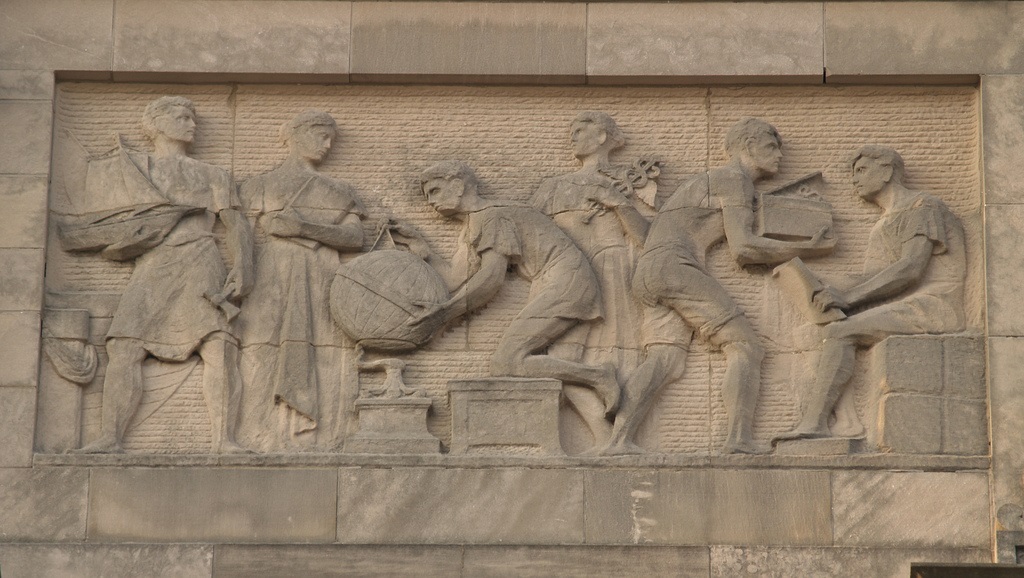
Left Panel Of George Julian Zolnay’s Allegorical “Academic, Business & Manual Education” Granite Frieze At Francis L. Cardozo High School (Washington, DC)
All fifty United States have their own “signature” disaster with which to reckon; some more than others. California has earthquakes, Florida has hurricanes, Missouri has floods; and so on, Life and property loss are preventable; but losses will persist because technical solutions notwithstanding, culture determines human behavior. It is impossible to be alive and safe.
FM Global is one of several organizations that curate privately developed consensus products that set the standard of care for many industries; education communities among them. These standards contribute to the reduction in the risk of property loss due to fire, weather conditions, and failure of electrical or mechanical equipment. They incorporate nearly 200 years of property loss experience, research and engineering results, as well as input from consensus standards committees, equipment manufacturers and others.
If you want FMGlobal as your insurance carrier, or to supplement your organization’s self-insurance program, then you will likely be assigned an FMGlobal conformity professional.
A scan of its list data sheets indicate a number of noteworthy updates of documents establishing minimum requirements for safety technologies common in education facilities:
Technical Reports Supporting Code Change
Note that the bulk of the safety concepts in the foregoing titles incorporate by reference the safety concepts that cross our radar every day FM Global provides direct access to the full span of its documents at this link:
FM GLOBAL PROPERTY LOSS PREVENTION DATA SHEETS
Note FM Global updates its standards every three months:
To respond to calls for public consultation you will need to set up (free) access credentials.
We keep FMGlobal titles — and the literature of other property insurers involved in standards setting — on the standing agenda of our Risk, Snow and Prometheus colloquia. See our CALENDAR for the next meeting.
Issue: [Various]
Category: Risk, Facility Asset Management
More
Deloitte University: Innovation in Insurance
University of Pennsylvania demonstrates the critical importance of sprinklers in dormitories
Syracuse University presents an eclectic mix of risk management challenges
Representative force majeure clauses.
Example 1: Basic Force Majeure Clause
“Neither party shall be liable for any failure or delay in performance of its obligations under this agreement due to events beyond its reasonable control, including but not limited to acts of God, war, terrorism, civil commotion, labor strikes, and natural disasters. The affected party shall promptly notify the other party of the force majeure event and take reasonable steps to mitigate its impact on performance. During the continuance of such events, the obligations of the affected party shall be suspended, and the time for performance shall be extended.”
Example 2: Detailed Force Majeure Clause
“In the event that either party is unable to perform its obligations under this agreement due to a force majeure event, the affected party shall promptly notify the other party in writing, specifying the nature and anticipated duration of the force majeure event. Force majeure events shall include, but are not limited to, acts of God, strikes, lockouts, government action or inaction, war, terrorism, epidemics, and natural disasters. The affected party shall use reasonable efforts to overcome or mitigate the effects of the force majeure event. If the force majeure event continues for a period of [specified duration], either party may terminate this agreement by providing written notice to the other party.”
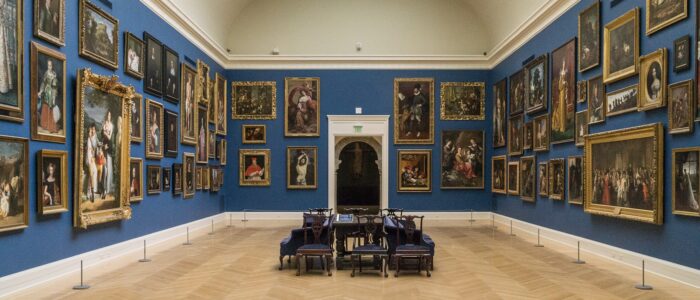
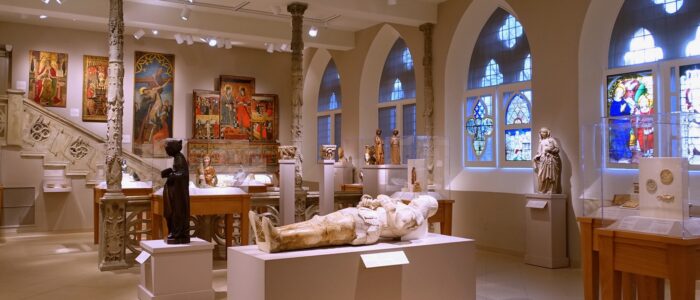
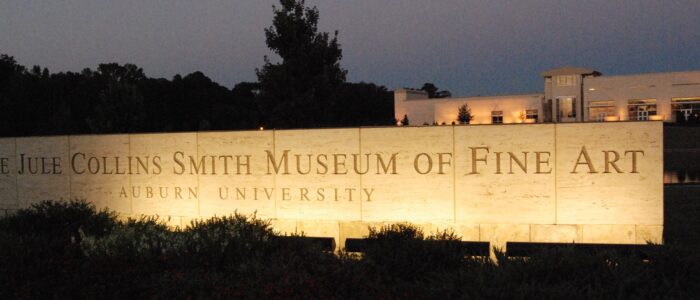
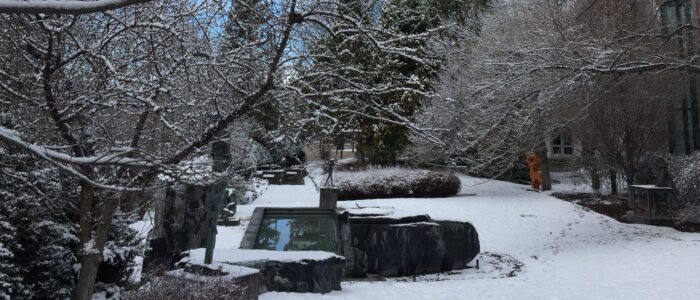
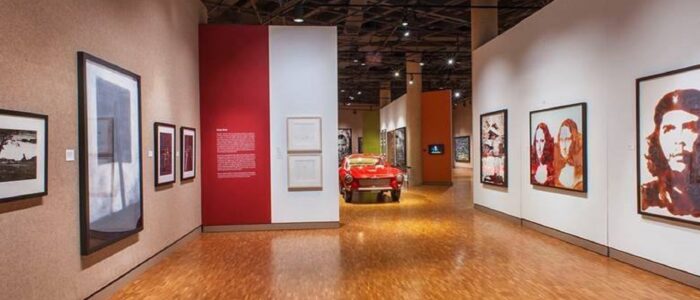
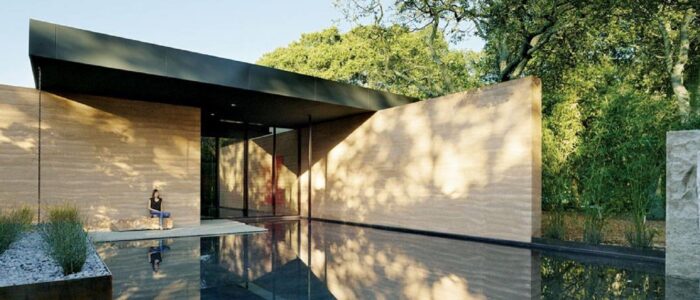
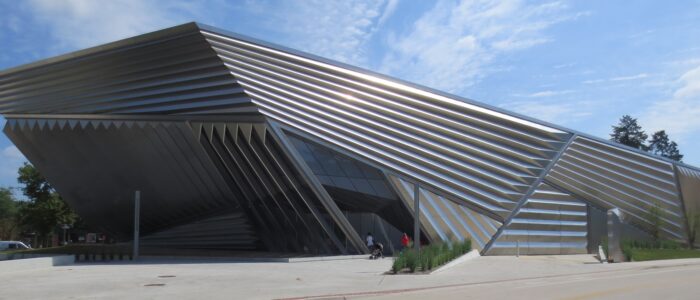
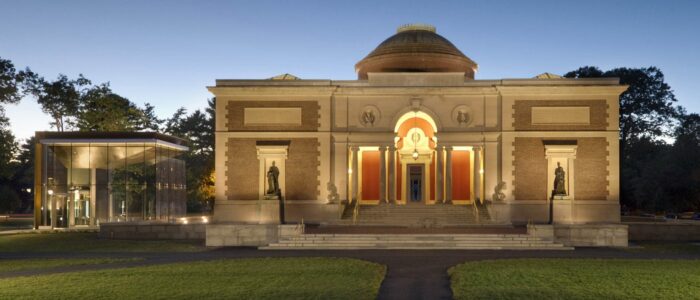
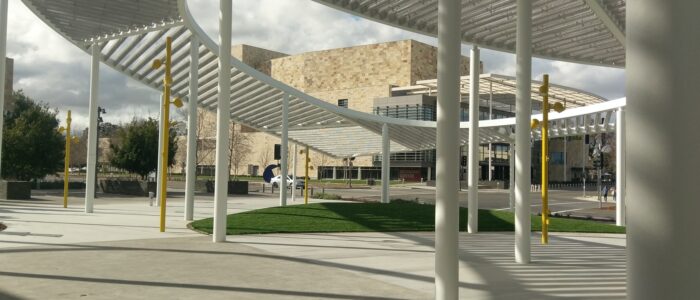



“We have art in order not to perish from the Truth”
— Friedrich Nietzsche
We occasionally break from our focus on the technology and management of these “cities-within-cities” and dwell briefly on the primary business of the academy. Academic museums and galleries provide a setting for conveying inherited wisdom to the next generation of cultural leaders. We include in this gallery examples of architectural art of the buildings themselves. Click on images for more artist and location credit. Technical information about safety and sustainability of this facility class appears at the bottom of this page.

University of Virginia Museum of Art | “The Natural Bridge, Virginia” | Frederic Edwin Church (1852)
Bowdoin College Museum of Art | View on the Hudson | George Inness
Harvard University | In the Sierras, Lake Tahoe (Albert Bierstadt)
University of Minnesota Art Museum
LEARN MORE:
Austrian Standards International
During the construction of the new “Christine Nöstlinger Education Campus,” great care was taken to not only make the site accessible to schoolchildren and students, but also to involve the entire neighborhood in its use. We spoke with Rudolf Leber from MA 56 about how standards specifically contribute to making the outdoor facilities safe and robust.
Key points about how Austria cares for its children in kindergarten, based on its early childhood education system:
Compulsory Kindergarten Year: Since 2009, Austria has mandated a free, compulsory kindergarten year for all children who turn five by August 31, requiring at least 20 hours of attendance per week over four days. This ensures early education access and prepares children for primary school.
Variety of Kindergarten Options: Austria offers diverse kindergarten types—public (free, government-subsidized), private (partially subsidized, costing around €250/month), parent-run (costing about €100/month with parental involvement), and company-run
(Betriebskindergarten)—catering to different family needs and socioeconomic backgrounds.
Focus on Development: Kindergartens aim to support physical, mental, and emotional growth through play-based learning and group interaction, complementing family care. The Nationwide Framework Curriculum emphasizes holistic development without formal school-like instruction.
Accessibility and Subsidies: Public kindergartens are free, though parents may pay for meals (around €60/month), while private options remain affordable due to government subsidies. Many facilities operate long hours (e.g., 7 a.m. to 6 p.m.) to accommodate working parents.
Decentralized Governance with Quality Standards: The nine federal provinces oversee kindergarten legislation and operations, allowing regional flexibility, while national agreements (e.g., 15a B-VG) and frameworks ensure quality, such as trained pedagogues and reasonable child-staff ratios (e.g., max 25 children per teacher in public settings).
ISO 23659:2023 – Sports and Recreational Facilities — Trampoline Parks — Safety Requirements
Lots of happy kids playing on their new playground today 😊 #fa58share #dg58pride pic.twitter.com/ZWgqfRjH3h
— Ms. Kroll (@MsKroll58) November 7, 2023
ASTM International develops most of the best practice titles for sports and recreation equipment and facilities; among them:
Standard Specification for Impact Attenuation of Turf Playing Systems as Measured in the Field
Standard Specification for Competition Wrestling Mats
Standard Specification for Athletic Performance Properties of Indoor Sports Floor Systems
Standard Guide for ASTM Standards on Playground Surfacing
Specification for Determination of Accessibility of Surface Systems under and around Playground
Specification for Playground Surface Impact Testing in a Lab at a Specified Test Height.
Notice the product orientation. ASTM’s business model is built upon conformity and compliance activity, supported by market incumbents such as manufacturer and insurance interests; but — as an ANSI accredited standards developer — it opens its standards-setting process to all stakeholders; including in one of the largest markets for these products.
We are happy to represent any user-interest at any of the ASTM International meetings; assuming our costs are covered. Feel free to contact Sanne Anthony either by email or phone for more information. In the intervening time, we will track action in the ASTM catalog an maintain relevant titles in this product category on several standing agendas — Sports, Kindergarten and Recreation. See our CALENDAR for the next online meeting.
Recess is the best with kindergarten friends! #dg58pride pic.twitter.com/04OeE07e62
— Ms. Remus (@MsRemusK58) August 22, 2024
Issue: [18-82]
Category: Daycare, Sport, Kindergarten
More:
Morning Recess = A place of Kindness! pic.twitter.com/Q1KBO8UhqZ
— Amy Alzina, Ed.D (@alzina_amy) April 9, 2025
Posted March 5, 2018
ASTM has released two documents for public review — one a new standard, the other a revision of an existing standard — that should interest K-12 school systems which are stewards of recreational facilities :
REVISION: ASTM F1292-201x, Specification for Impact Attenuation of Surfacing Materials within the Use Zone of Playground Equipment (revision of ANSI/ASTM F1292-2017)
Comments are due April 23rd. You may obtain a free review copy by setting up a (free) stakeholder account at ASTM Technical Committee page or by communicating with Corice Leonard, (610) 832-9744, cleonard@astm.org or accreditation@astm.org. Send comments to Corice (with a copy to psa@ansi.org).
The ASTM International Committee F08 on Sports Equipment, Playing Surfaces, and Facilities also meets again May 21-24th in San Diego. We keep all ASTM documents that affect the revenue and cost structure of the education industry on the standing agenda of our weekly Open Door teleconferences to which everyone is welcomed.
Issue: [18-82]
Category; Athletics & Recreation
The Playground is officially OPEN! #RebelPride 🛝 pic.twitter.com/nkR2ebFqc3
— Dr. Kate Koch (@kwasnykate) October 10, 2023
While the students have been enjoying the playground since school began, it was a celebration getting to recognize everyone who made it happen. Thank you to Play! at Pierce, our donors, Rep. Stava-Murray, and the entire community for all of their efforts! #WEarePD58 #DG58Pride pic.twitter.com/eNZdPmjaI2
— Dr. Leland Wagner (@LWagnerDG58) November 8, 2023
In the soft light of a Notting Hill afternoon in 1958, the playground of a local day nursery becomes something closer to a sanctuary. Rows of small camp beds and folded rugs are neatly arranged beneath the open sky, each one cradling a sleeping child. The air carries the scent of… pic.twitter.com/L6i0HmcMmI
— Dr. M.F. Khan (@Dr_TheHistories) July 23, 2025
A new playground, a new school year, and a new 3R! That’s what I call AMAZING! 🍎🎉🛝#happyfirstdayofschool pic.twitter.com/kRYgn661HY
— Christine Reynolds (@5thgradeplaid) August 25, 2023
New update alert! The 2022 update to the Trademark Assignment Dataset is now available online. Find 1.29 million trademark assignments, involving 2.28 million unique trademark properties issued by the USPTO between March 1952 and January 2023: https://t.co/njrDAbSpwB pic.twitter.com/GkAXrHoQ9T
— USPTO (@uspto) July 13, 2023
Standards Michigan Group, LLC
2723 South State Street | Suite 150
Ann Arbor, MI 48104 USA
888-746-3670
